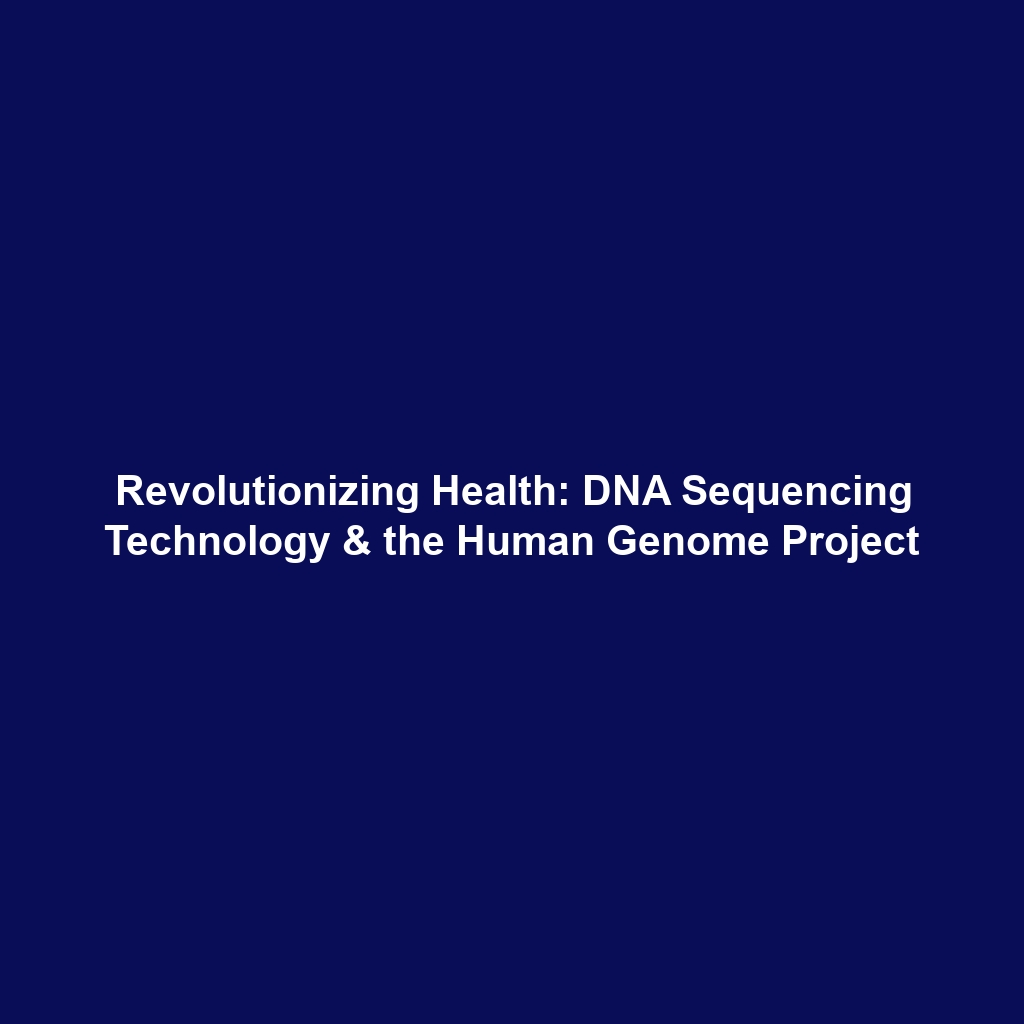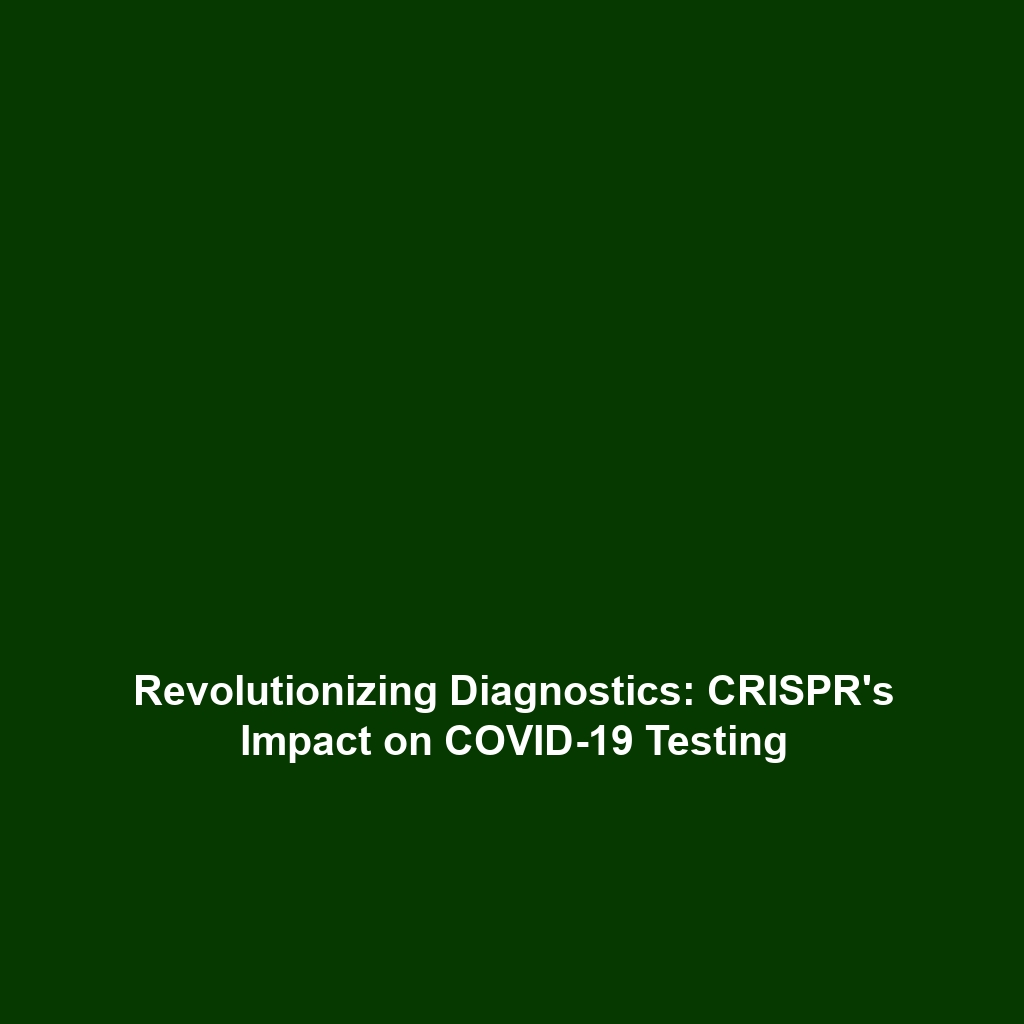Sanger Sequencing: A Critical DNA Sequencing Technique in the Human Genome Project
Introduction
Sanger Sequencing, developed in the 1970s by Frederick Sanger, revolutionized DNA sequencing and played an integral role in the success of the Human Genome Project (HGP). This pioneering technique allowed scientists to accurately determine the precise nucleotide sequences within the human genome, which is crucial for understanding genetic diseases and biological functions. The significance of Sanger Sequencing within the broader context of the Human Genome Project cannot be overstated, as it provided the foundational methods that underpinned much of the sequencing efforts throughout the initiative.
Key Concepts of Sanger Sequencing
Understanding Sanger Sequencing requires an examination of its key principles and methodologies:
-
Chain Termination Method
Sanger Sequencing employs the chain termination method, which utilizes dideoxynucleotides to terminate DNA strand elongation. This results in fragments of varying lengths that correspond to the sequences of nucleotides.
-
Fluorescent Labeling
The technique incorporates fluorescently labeled nucleotides, allowing for automated sequencing and increasing throughput, essential for mapping the entire human genome.
-
Electrophoresis
Fragment separation through capillary electrophoresis enables researchers to read the DNA sequences accurately, facilitating the generation of comprehensive genomic data.
Applications and Real-World Uses of Sanger Sequencing
The applications of Sanger Sequencing are numerous and varied, particularly in relation to the Human Genome Project:
-
Genetic Testing
Sanger Sequencing is widely used in genetic testing to identify specific mutations associated with inherited diseases.
-
Whole Genome Sequencing
This technique was instrumental in initial phases of whole genome sequencing projects, helping to create a reference genome.
-
Forensic Science
In forensic applications, Sanger Sequencing aids in DNA profiling and identification of individuals from biological samples.
Current Challenges in Sanger Sequencing
Despite its effectiveness, Sanger Sequencing faces several challenges:
- Limited scalability for large genomic projects compared to next-generation sequencing technologies.
- Time-consuming process which can hinder rapid analysis needed in some clinical contexts.
- Higher costs associated with longer sequencing projects compared to more modern sequencing methods.
Future Research and Innovations
As genomic research advances, innovations in Sanger Sequencing are underway:
-
Integration with Next-Gen Sequencing
Combining Sanger Sequencing with next-generation technologies could enhance accuracy and reduce costs.
-
Automated Sequencing Solutions
Continued development of automated systems is expected to improve the efficiency and throughput of Sanger Sequencing methods.
Conclusion
Sanger Sequencing has been a cornerstone of the Human Genome Project, providing essential methodologies for accurately determining nucleotide sequences. Its applications in genetic testing, forensic science, and genome mapping highlight its lasting impact in genomic research. As advancements continue, Sanger Sequencing will likely evolve, integrating with newer technologies to remain relevant in the sphere of genetics. For further reading on the Human Genome Project and other sequencing techniques, explore our additional resources.









